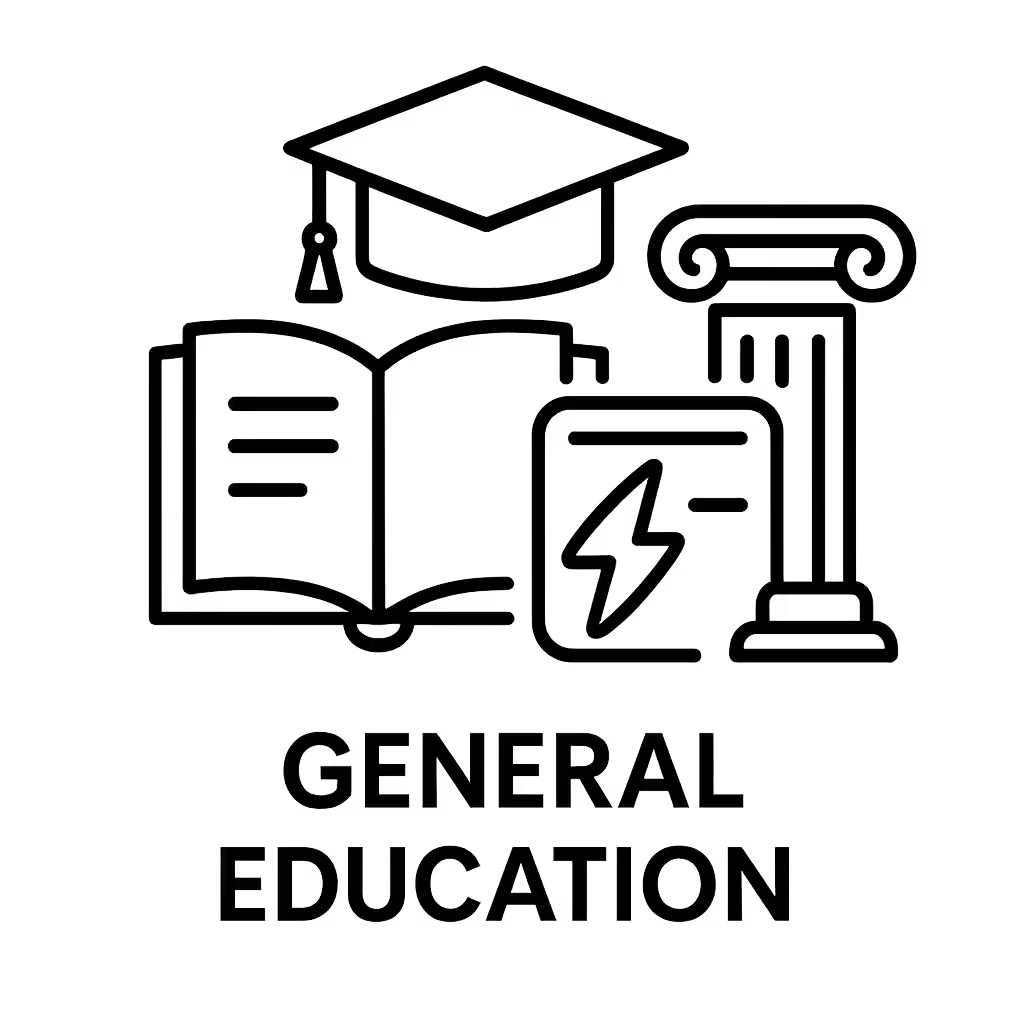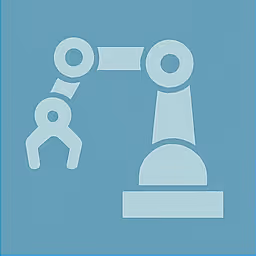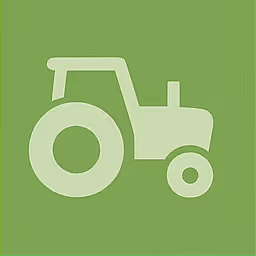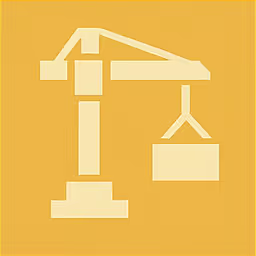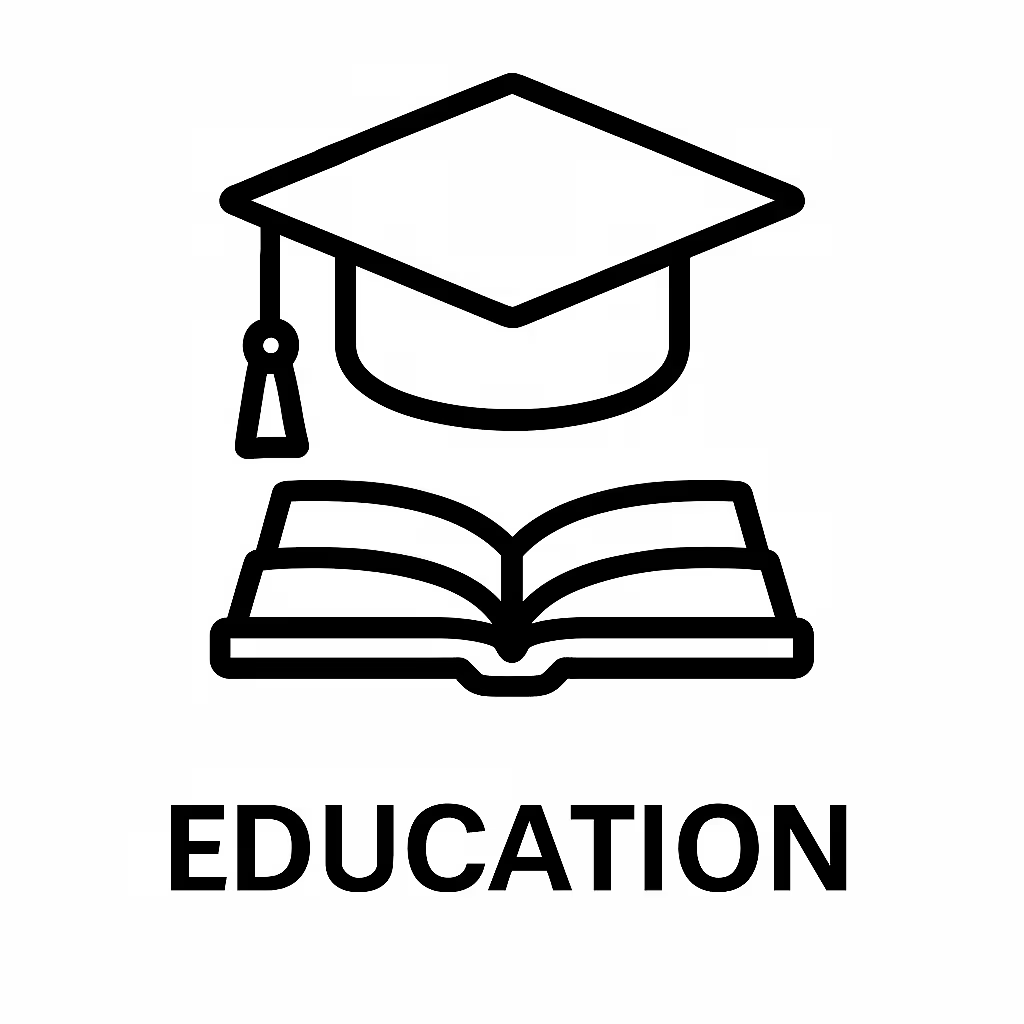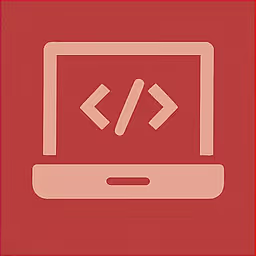Teaching, Training & Facilitation
Learning Objects
Dive into Wisc-Online’s rich collection of learning objects — bite-sized, interactive, and designed for real learning. These modular digital tools include animations, drag-and-drop exercises, quizzes, videos, and more. You can explore topics across STEM, arts, humanities, career skills, and beyond. Each learning object is crafted to help learners actively engage with content—reviewing, applying, self-checking—in a way that’s flexible and self-paced.
Filter
Thank you! Your submission has been received!
Oops! Something went wrong while submitting the form.
Learning Object
A Model for Initiating Conflict Resolution (Screencast)
In this screencast you'll identify and write assertive "I" statements that focus on BCF (behavior, consequences, and feelings).
Tags +
assertive, communication, conflict, constructive, feedback, leadership, negotiation, resolution
Acid-Base Reactions (Screencast)
Tags +
Adding Fractions With Unlike Denominators (Screencast)
Learners follow steps to add fractions with different denominators. They also review fraction concepts, do a drag-and-drop exercise involving fraction terms, and add fractions with common denominators.
Tags +
common, denominator, fraction, improper, mixed, number, numerator
An Introduction to Algebraic Word Problems
In this animated object, learners follow the steps for solving word problems using algebra. An introductory example is explained.
Tags +
An Introduction to the Powers of 10
The learner will evaluate powers of 10 with integer exponents and multiply decimal numbers by powers of 10 with integer exponents.
Tags +
10, decimal numbers, exponents, integer exponents, multiplying by powers of 10, multiplying by powers of ten, powers of 10, powers of ten, ten
Anatomical Terminology: Relative Position
In this interactive learning activity, learners review the terms used to describe relative position of body parts in order to have a common set of words to describe their position. Check out our video on relative position: https://bit.ly/2kTXujp
Tags +
anatomical, appendicular, distal, lateral, medial, position, proximal, superior, supinate
Anatomical Terminology: Relative Position Video
Students identify the various regions of the human body through video.
Tags +
antecubital, axillary, body, femoral, inquinal, palmer, regions, umbilical
Anatomy of the Ear
The student identifies the anatomical parts of the ear and learns the purpose and function of these parts. A review follows the lesson.
Tags +
Amplitude, Auditory system, Classroom resources, Cochlea, Ear canal, Ear disorders, Ear function, Ear health, Ear hygiene, Ear structure, Eardrum, Educational resources, eLearning, Frequency, Hearing, Hearing loss, Inner ear, Interactive learning, Learning activities, Middle ear, Online learning, Ossicles, Outer ear, Sound waves, Student engagement, Study aids, Vestibular system
Angular Measurement
In this learning activity you'll review angles and different types of angular measuring tools associated with manufacturing.
Tags +
angles, angular, how are angles used in manufacturing, measurement, protractors, what are some angle tools
Animal Use in Research
The Animal Welfare Act, or AWA, gives protection to animals used in research, education, and entertainment. Explore ethical use and some of the current alternatives in this module.
Tags +
animal, animal research, Animals in research, dog, mice, mouse, NHP, non-human primates, pig, rat
Applying the Motor Voltage
In this animated lesson, learners examine the rectifier circuitry in a DC variable speed drive that supplies the voltages to the field coil and armature.
Tags +
circuitry, firing angle, motor speed, phase angle, scr, shunt motor
Appropriate Use of Welding Coupons
This module will guide you thru the use of welding coupons in the welding process.
Tags +
GMAW, Welding
Arterial Blood Gas (Screencast)
Students read an explanation of the values used for arterial blood gas analysis.
Tags +
arterial, blood, gas, level, ph
Assessing Cranial Nerves
In this highly interactive and animated object, learners complete three exercises to identify the cranial nerves and their functions.
Tags +
assessment, cranial, function, innervation, motor, nerve, nerves, neuro, neurological, sensory
Atomic Symbols, Atomic Numbers, and Mass Numbers
Learners read definitions of atomic symbols, atomic numbers, and mass numbers and then answer questions about the number of neutrons, protons, and electrons in select elements.
Tags +
Atomic, Electron, Mass, Neutron, Proton, Symbol
Barriers to Critical Thinking: Being Human
The learner will explore basic human limitations that create barriers to critical thinking including selective thinking, false memories, and perceptual limitations.
Tags +
belief, biases, confirmation biases, critical, critical thinking, employability essentials, false memories, lack of information, perception limitation, selective thinking, soft skills
Barriers to Critical Thinking: Communication
This activity will examine several of the barriers related to problems with communication.
Tags +
Barriers, Communication, Crit Thinking
Barriers to Critical Thinking: Errors in Judgment
The learners will explore the Errors in Judgment: Barriers to Critical Thinking and how it affects their decision-making processes.
Tags +
critical thinking, decision, decision-making, errors, judgment, soft skills
Barriers to Critical Thinking: People-Related Obstacles
The learner will identify barriers to critical thinking related to internal and external factors after viewing scenarios.
Tags +
ad hominem fallacy, advertising, authority effect, bandwagon effect, communication skills, critical, critical thinking, external influences, fallacies, internal influences, poisoning the well, red herring, shoehorning, soft skills, thinking skills, using emotion
Barriers to Effective Listening (Video)
Learners examine the seven most common barriers to effective listening and consider suggestions for how to overcome these barriers. This interactive object contains audio.
Tags +
clarity, language, listen, message, perception
Basic Terms in Division (Screencast)
In this interactive object, the learner examines the basic terms used in division. A quiz completes the activity.
Tags +
basic, dividend, division, divisor, quotent, terms
Bloom's Taxonomy For Cognitive Learning and Teaching (Screencast)
The users of this learning object read a brief introduction to the six levels of Bloom's Cognitive Taxonomy and quiz themselves on a basic understanding of the levels.
Tags +
analysis, application, bloom, blooms, cognitive, comprehension, evaluation, knowledge, levels, synthesis, taxonomy
Building Relationships Through Active Listening
Learners will examine the four steps to listen actively to improve relationships.
Tags +
active listener, communication skills, listen to understand, listening, listening to understand, soft skills, steps of active listening
Calculating Exponents
In this learning activity you'll calculate exponents. You'll practice breaking down exponents and calculating the results.
Tags +
How do I calculate exponents, what are exponential terms, what is an exponent
Calculating Formula Weight and Molecular Weight
In this interactive object, learners calculate formula and molecular weights by working through five examples and two problems.
Tags +
Calculating Gas Density from Standard Molar Volume
Learners calculate gas density from the standard molar volume and observe how the density increases with the increasing molecular weight of the gas.
Tags +
Changing a Decimal to a Fraction (Screencast)
In this learning activity you'll explore how to change a decimal to a fraction and learn a method to visually check the fraction for accuracy.
Tags +
converting a decimal to a fraction, how to change a decimal to a fraction
Chemical Hair Bonds: The Hydrogen Bond (Screencast)
In this screencast, learners examine the properties of the hydrogen bond and how the bond changes when hair is shampooed or styled.
Tags +
bond, crosslink, curling, hydrogen, side, styling, thermal, wet
Chemistry Math - Solving a Formula (Screencast)
Students use algebra to rearrange formulas and solve for the missing volume, density, or mass quantity.
Tags +
conversions, density, gas, laws, temperature
Choosing the Right Fire Extinguisher
Explore the different types of fires and the extinguishers used for each type.
Tags +
fire classes, fire extinguisher, fire safety
Classification of Joints
In this animated object, learners examine the different types of joints and their movements.
Tags +
articulation, capsule, fluid, freely, hinge, immovable, joint, membrane, movable, sutures, synovial
Classification of Joints
In this animated object, learners examine the different types of joints and their movements.
Tags +
articulation, capsule, fluid, freely, hinge, immovable, joint, membrane, movable, sutures, synovial
Communicating in the Workplace
Compare the behaviors and situations that interfere with effective communication in the workplace with those that enhance listening skills and career performance.
Tags +
communication, conversation, employability essentials, how to talk to your boss, job, listening, listening skills, soft skills, teamwork, workplace communication
Communication: Identifying Active and Passive Voice
The learner will identify active and passive voice and distinguish between the two.
Tags +
active voice versus passive voice, styles of communication, what is the difference between active and passive
Communication: Prepositions
In this study guide, we will review the general rules for using prepositions.
Tags +
communication, prepositions, what are prepositions
Communication: The Writing Process
The learner will identify the three steps in the writing process and the elements in each step.
Tags +
communication, writing, writing process
Components of a Computer Workstation: Skills Check 1
In this interactive exercise, learners label the components of a workstation, a Windows desktop, and an application window.
Tags +
computer, workstation
Components of a Data Center
In this learning activity you'll describe the typical components of a data center.
Tags +
Applications, Cloud Computing, Data Center, Data storage, what is a data center
Conversions: Fractions-Decimals- Percents Pre-Test
Students perform conversions among fractions, decimals, and percentages in this assessment.
Tags +
convert
Converting Between Standard and Metric Measurements
As a welder, you'll need to know how to convert between standard and metric measurements. Try this activity to practice converting between these two measurements. A conversion chart is provided to help you complete this work.
Tags +
conversion, convert, weld, welder, welding
Converting Numbers from Standard Form to Engineering Notation
Learners convert a number from standard form to engineering notation.
Tags +
amperage, base 10, conversion, decimals, engineering notation, factor of 10, prefix, standard form, voltage
Critical Thinking: Applying Analysis Steps to a Situation (Screencast)
The learner reviews steps in analyzing a process and applies them to a situation in his/her own work or personal life.
Tags +
analyze, critical, implement, improvement, measure, observe, outcomes, process, suggestions, test, thinking
Customer Service Skills for IT Professionals - Communication
In this learning activity you'll be introduced to the communication model and how it impacts your work as an IT professional.
Tags +
communication skills for the IT professional, good communication skills, soft skills, What is communication
Customer Service Skills for IT Professionals - Controlling the Conversation
In this learning activity you'll practice your customer service skills in a number of IT real world job scenarios.
Tags +
handling difficult customers, How to improve my customer service skills, IT customer service, people skills, soft skills
Customer Service Skills for IT Professionals - Engaging the Customer
In this learning activity you'll explore four ways to engage your customers and improve your customer service skills.
Tags +
attention, customer engagement, Customer service, engaging, how to improve your customer service skills, it, skills, soft skills
Customer Service Skills for IT Professionals - Soft Skills
In this learning activity you'll be introduced to soft skills, or people skills, needed by all IT professionals.
Tags +
how do I improve my soft skills, necessary soft skills, soft skills, What are soft skills
Decimals to Fractions
Decimals to Fractions
Tags +
Welding
Describing the Transactional Communication Model
In this learning activity you'll review definitions then match the transactional communication model element with the definition or example.
Tags +
communication methods, communication models, transactional communication, What is the transactional communication model
Determining the General Purpose of Your Speech Pt.1 (Screencast)
In this learning activity you'll explore the different types of purposes for giving speeches.
Tags +
acceptance speech, different speech types, eulogy speech, informative, persuasive speech, What are the different types of speeches
Distinguishing Between the Content Message and the Relational Message (Screencast)
In this screencast, you'll distinguish the differences between the content message and the relational message.
Tags +
Distinguishing Leadership and Management Activities (Screencast)
In this screencast, students read about the key differences between management and leadership activities. They will review typical supervisory activities as either management or leadership.
Tags +
five major functions, leadership, management, supervision
Eliminating Office Waste
Learners review office processes to find ways to save time.
Tags +
lean, office, waste
Everyone Knows How to Use a Ruler, Right?
Students review the best practices for using a ruler and answer five basic questions.
Tags +
alignment, decimal, fractional, inch, mathematics, measure, metric, parallax, rule, ruler, scale
Exploring Memory
The student reads about encoding, storage, and retrieval and test his or her memory in an interactive exercise.
Tags +
memory, recall, reindeer analogy
Fahrenheit / Celsius Temperature Scales (Screencast)
Learners study the process of mathematically converting temperatures between the Fahrenheit and Celsius scales.
Tags +
celsius, converting, fahrenheit, fahrenheit/celsius, fahrenheittemperature, scale, scales, temperatue, temperature
Feasibility Topic Determination
In this learning activity you'll determine appropriate feasibility studies from a list of selected topics.
Tags +
How do I pick a topic for a feasibility study, What is a feasibility study
Following Instructions
The learner will understand the importance of following instructions.
Tags +
following instructions, instructions, manufacturing instructions, soft skills
Four Steps for Setting and Achieving Your Goals
You will learn four steps for good goal setting.
Tags +
better goal setting, goal setting, how do i achieve my goals?, how do i set goals?, learn goal setting
Four Steps for Setting and Achieving Your Goals
You will learn four steps for good goal setting.
Tags +
better goal setting, goal setting, how do i achieve my goals?, how do i set goals?, learn goal setting
Four Types of Communication in Conflict
In this activity, you will practice choosing assertive responses to conflict.
Tags +
communication, conflict
Gage Blocks
In this learning activity you'll explore the history behind gage blocks.
Tags +
blocks, calibration, gage, how are gage blocks calibrated, how were gage blocks invented, measure, standards, what are gage blocks, wringing
Gas Volume and Molar Amount
In this brief object, learners examine the direct relationship between the volume of a gas sample and the number of moles of gas. A problem is presented so students can test their knowledge of Avogadro's Law.
Tags +
Gram Stain Procedure (Screencast)
Learners view video clips demonstrating Gram's staining procedure. Correctly stained slides are shown.
Tags +
Hand Tools
Explore some common hand tools you’ll use both at home and at work.
Tags +
Common hand tools, hammer, how to use hand tools, mallet, pliers, screwdriver, wrench
Homework Strategy
Do you hate doing homework? Do you think it’s a waste of your time? Are you looking for a better way?We’ve got you. In this video, you’ll explore how using the homework strategy can improve your studying techniques, make your studying strategies more effective, and reduce the amount of time wasted by trying to memorize your textbooks. We can help!
Tags +
CIE, History, Life Skills, literature, Math, School, Science, Study, test
Homophones: To, Too, Two (Screencast)
In this screencast, you'll review definitions of To, Too, and Two and review practice sentences.
Tags +
homophone, similar sound, too
Hotel Housekeeping Staffing Guide (Screencast)
In this screencast, learners read about the components of a hotel housekeeping staffing guide. They also review calculating labor requirements and costs.
Tags +
guide, hospitality, hotel, housekeeping, staffing, tourism
How the Brain Develops (Screencast)
In this interactive learning object, learners study the parts of the brain and then test their knowledge in a drag-and-drop exercise.
Tags +
How to Listen Better (Screencast)
The learner examines what it means to listen respectively and how to become a better listener.
Tags +
hearing, judgment, listening, truthfulness
How to Use a Microscope
Learners examine the function of each part of a microscope and follow step-by-step instructions on how to focus on a specimen. They also review the proper use and care of a microscope and test their knowledge in two drag-and-drop exercises.
Tags +
adjustment, coarse, focus, immersion, lens, microscope, oil, parfocal, slides
IT Stress Management - Setting Goals
In this learning activity you'll explore how to set goals based on realistic expectations.
Tags +
goal setting, goals, how can I reduce my stress
Identifying Well Written Competencies
Learners distinguish between competencies that are effective and robust, and those that are ineffective and weak. The learning object is designed for faculty who are writing or revising courses. It contains audio.
Tags +
competency, curriculum, design, instructional, the bad, the good
Integrity in Work Teams
The learner will...identify the qualities of a person with integrity and the importance of integrity within a work team.
Tags +
Integrity, soft skills, team, teamwork, work teams
International Time Zones (Screencast)
In this screencast, you will learn about the 24 time zones.
Tags +
Greenwich, international, Time, Zone
Intro to Outlook
Explore the Microsoft Office Suite, which is so much more than just email.
Tags +
how to use email, office, office assistant
Introduction to 5S Practices in the Workplace
Let's explore what 5S is and how we use it in the welding workshop.
Tags +
Introduction to Ethics
The learner will identify the three general types of ethics.
Tags +
action ethics, choosing right from wrong, ethical decision-making, ethical decisions, ethical dilemma, ethical rules, outcome ethics, person ethics, situation ethics, soft skills, workplace ethics
Leaderless Teams
The learner will become familiar with eight principles of collaborative leadership to build a team where members find satisfaction and reward in their job.
Tags +
collaboration, collaborative leadership, leadership. soft skills, shared leadership, team
Learning About Multiple Intelligences in the Land of Oz (Screencast)
In this screencast, students read about the seven types of intelligence identified by psychologist Dr. Howard Gardner. They then review the type(s) of intelligence of each character in the Land of Oz.
Tags +
Left- and Right-Brain Thinking Modes (Screencast)
In this interactive object, learners examine the characteristics of left- and right-brain thinkers.
Tags +
assistant, brain, instructional, left, right
Logical Reasoning in Speeches (Screencast)
In this learning activity you'll be introduced to the eight most common logical fallacies commonly used in persuasive speeches.
Tags +
argumentation theory, Common logical fallacies, how to avoid logical fallacies in public speaking
Maintaining Motivation
The learner will explore the challenges commonly faced with remaining motivated and identify the obstacles that cause a loss of motivation.
Tags +
employability essentials, goal success, goal-oriented, goals, motivation, overcoming obstacles, setting goals, soft skills
Mandarin Chinese - Asking for Directions
Learners read and listen to phrases in Mandarin Chinese that would be part of directions to common locations. Additional vocabulary words related to forms of transportation are also presented.
Tags +
Beijing, foreign, language, Locations, Translate, Transportation
Maslow's Hierarchy of Needs Exercise
In this learning activity you'll use Maslow's Hierarchy and choose which need is taking precedence and which is being sacrificed in each situation.
Tags +
heirarchy, hierarchy, malsow, Maslow, needs, pyramid
Multiplying and Dividing Signed Numbers
Students read the rules used in multiplying and dividing signed numbers. They view examples and work practice problems.
Tags +
divide, multiply, negative, numbers, positive, signed
Nonverbal Communication
Learners read about nonverbal communication. In a drag-and-drop exercise, they evaluate photos of people interacting and determine if the behaviors shown interfere with communication or enhance it.
Tags +
body, communication, employability essentials, language, nonverbal, soft skills
Order of Operations (Screencast)
In this activity you'll calculate equations using the order of operations. You'll be introduced to what it is and how it works.
Tags +
how do I calculate an equation, how do I use the order of operations, What is the order of operations
Organizational Clue
Observe disorganization in an office setting and choose solutions to the problems as if playing the board game "Clue."
Tags +
calendar, daily planner, employability essentials, filing system, office clutter, organizational skills, soft skills
Overcoming Barriers to Critical Thinking: Being Human
The learner will identify ways to overcome barriers to critical thinking and problem-solving including false memories, personal biases and prejudices, and physical and emotional hindrances.
Tags +
belief, biases, communication, confirmation bias, critical, critical thinking, decision-making, false memories, interference, lack of information, perception limitations, perspective, problem-solving, soft skills
Overcoming Barriers to Critical Thinking: People-Related Obstacles
The learner will identify techniques to use to overcome people-related barriers to critical thinking.
Tags +
ad hominem fallacy, advertising, arguments, authority effect, bandwagon effect, campaign, critical, critical thinking, emotion, logic, poisoning the well, red herring, shoehorning, soft skills, using emotion
Personal Pronouns
Read about the difference between the subject and object form of personal pronouns and test your knowledge in practice exercises.
Tags +
english, grammer, pronouns
Powers of Ten: The Proper Use of Symbols (Screencast)
Students read about the six common terms used to represent the powers of ten in the field of electronics and complete two matching exercises.
Tags +
ac, dc, electronics, powers, symbols, ten
Practical Trigonometry (Screencast)
After a brief review, the student solves five practical shop problems using right angle trigonometry.
Tags +
adjacent, angle, applied, equation, mathematics, opposite, right, side, tangent, taper, triangle, trigonometry
Practice With Suffixes (Nouns)
Students add suffixes to base words to form nouns in this interactive lesson.
Tags +
esl, nouns, reading, suffixes, vocabulary
Practice with Prefixes #1
Students practice adding some of the basic prefixes to words in the English language.
Tags +
esl, prefixes, reading, vocabulary
Practice with Prefixes #1
Students practice adding some of the basic prefixes to words in the English language.
Tags +
esl, prefixes, reading, vocabulary
Productive Meetings
The learner will identify the steps for preparing and facilitating a team meeting.
Tags +
agenda, assigning a note-taker, facilitating meetings, how to conduct a meeting, how to facilitate meetings, productive meetings, soft skills, team meetings, work meetings, writing minutes
Public Speaking for Biosecurity Advocates I: Creating a Persuasive Presentation
Be the force to create a safer agricultural community by creating and presenting effective educational presentations. By informing others about biosecurity strategies, you’ll become a biosecurity advocate as you spread the word about its importance!
Tags +
presentation, speaking, speech
Public Speaking for Biosecurity Advocates II: Presenting Effectively
Be the force to create a safer agricultural community by creating and presenting effective educational presentations. By informing others about biosecurity strategies, you’ll become a biosecurity advocate as you spread the word about its importance!
Tags +
farm, presentation, speaking, speech
Questioning Assumptions (Screencast)
Learners watch a commercial for a fictitious product and pose questions to challenge the assumptions made in it.
Tags +
assumptions, Big E, commercial, critical, Energy enhancement, evaluate, facts, questioning, thinking

